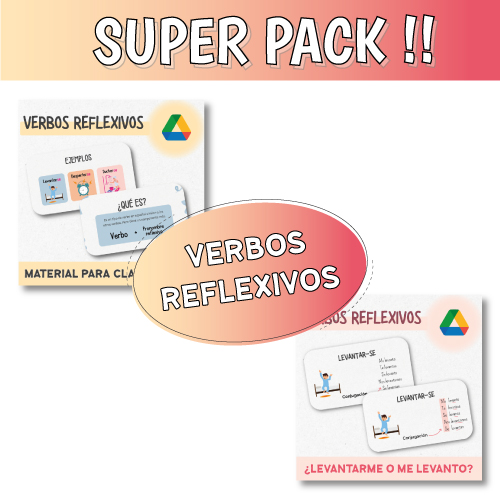How to take your Spanish from good to great.

When speaking Spanish, you can get around fairly decently and you keep getting compliments for it but, do you wish your Spanish were better and you could speak with much more ease and confidence? Do you feel like you are on a plateau?
If you’ve reached this point, congratulations for two reasons. One, because you are an intermediate learner and because, for sure, took some effort. Two, for realizing that you need more. You are ready to make the big step to advanced Spanish! This blog post will guide you in how to become an advanced Spanish speaker. You can do it. Trust me and read on.
How to boost your Spanish from intermediate to advanced.
4 steps to follow that will lead you to fluency.
Tune-up your grammar.
In order to go from good to great, you will need to focus on new language points. If you are working by yourself, you can find tutorials for these two big grammar points that will do wonders taking you from intermediate to advanced. If you are working with a teacher, you can consult with them. These will make an incredible difference in your Spanish since they are upper intermediate and used daily in Spanish.
Grammar to look into
- 1. The Subjunctive
- 2. Perífrasis aspectuales.
2. Practice in private before going public.
The average person tends to have the same conversations and use the same language every day in their lives. The problem is finding ourselves in new social situations that require us to use language we don’t constantly use. That’s when we flake and feel we are not good enough. To improve this, we need to prepare for situations that make us feel uneasy.
For language to come out beautifully in real conversation, you need to have practiced it repeatedly in a safe and private space first.
For example, if you find yourself struggling at the hardware store, gather all the language you need, make notes, and repeat all the phrases you’ll need out loud until you like how you sound. Do this a few times a day, and when you are comfortable, challenge yourself to go to the hardware store to practice in real-time.
3. Listen to, sing, watch, read in Spanish.
Find a Spanish TV series that you like. You’ll probably won’t feel comfortable listening to it in Spanish with no subtitles. So use Spanish subtitles to start with and then get some courage to remove them. You will surprise yourself by understanding more than you think after a while.
Also read a novel for students that is graded at your current level, if you enjoy reading. There are a few authors out there that write fun stories for Spanish learners. They are graded, so you can find your level at ease. If you are not sure, you can download a free sample to see if it is the right one for you.
For music, listen to songs that you like, ideally slower ones. Browse around and enjoy the search. Find the lyrics and follow along. Here is the playlist of some of the songs I have picked for language learning and I use with my students.
4. Consider getting help from a professional.
With so many videos, activities and apps out there, it is tempting to think that we can handle our learning process by ourselves. But sometimes, we need a professional to step in for guidance. Consider signing up for Spanish lessons. Teachers have a clear idea of the most common steps in Spanish learning to make you bilingual. You might benefit a lot from their help. Here at Spanish by Belén, we have a new online small group coming up. Check it out! It might be what you need.
In summary, in order to go from an ok Spanish speaker to a Spanish speaker you are proud of, we have to make the leap from our intermediate level Spanish comfort zone to the more challenging advanced level. This requires you to do a few things such as fine-tune your grammar, practice in private to prepare for real conversations, expose yourself to media in Spanish, and get a teacher or sign up for a course.





